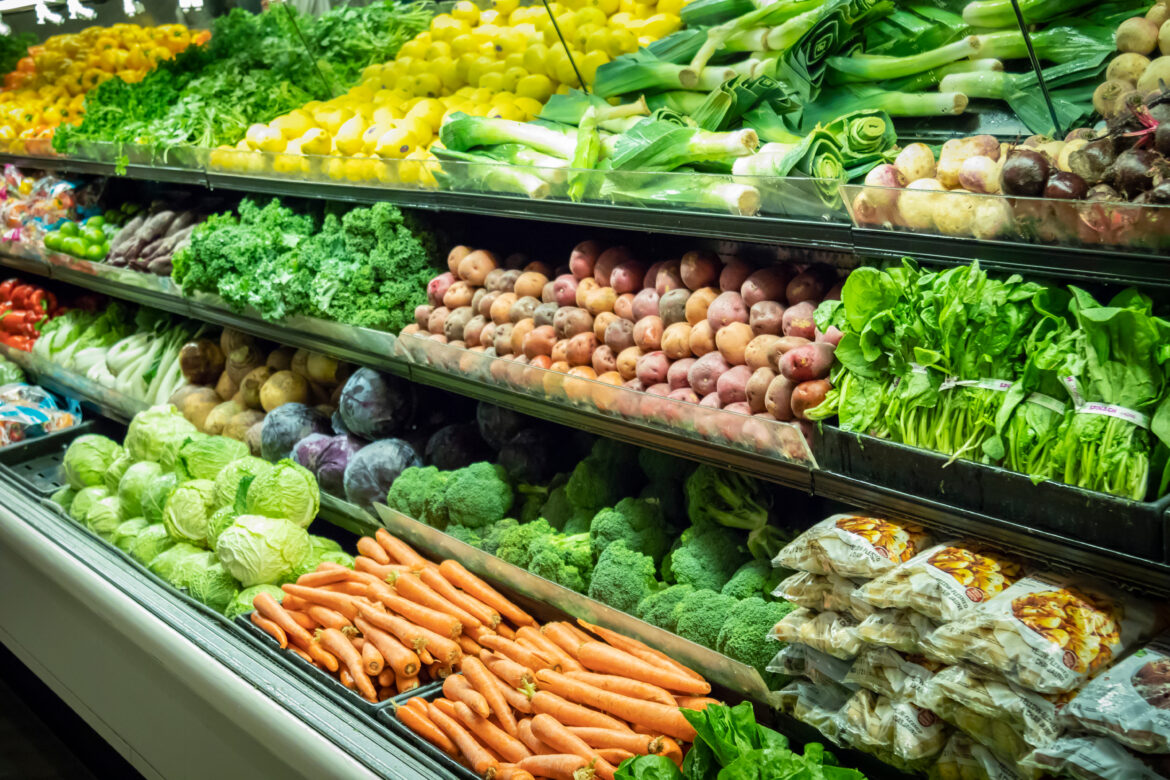Over the past months, several states have undertaken measures to restrict SNAP purchases, hoping to guide beneficiaries toward smarter, healthier food purchases.
West Virginia, for one, has recently announced “work, training, and education requirements” for SNAP recipients and is additionally requesting permission from the USDA to bar soda from SNAP purchases in the state. Arizona, Idaho, Kansas, Tennessee, Utah, and Wyoming are following suit, introducing legislation and lodging requests to restrict SNAP purchases, with the federal government additionally campaigning to remove ultra-processed foods from the list of SNAP-eligible products.
On first consideration, the reasoning behind these restrictions and requirements seems straightforward. Sugar-sweetened beverages such as soda have credibly been linked to chronic diseases including type-2 diabetes and kidney and heart disease, and ultra-processed foods are similarly linked to higher instances of chronic disease, and some forms of cancer. As a matter of public health, de-emphasizing these food items in the American diet is indeed a worthwhile policy measure.
The problem, however, is more unfortunately entrenched than restrictions can reasonably be expected to solve.
America has long been suffering a food insecurity crisis that only continues to deepen. Prices of staple items such as eggs have been climbing steadily since the COVID-19 pandemic, alongside a rise in the general cost of living and stagnating wages and job opportunities. As a result, ultra-processed foods are often the most affordable and cost-effective purchases for Americans on SNAP.
In addition, food deserts and food swamps, wherein fresh foods are not available for purchase, with or without financial assistance like SNAP, are a persistent facet of the American food system.
With this pre-existing paucity of healthy food choices taken into account, federal, state, and local governments should consider healthy food incentivization and direct access programs instead of purchase restrictions. Incentivization programs, in which SNAP beneficiaries can purchase produce and healthy foods at a discount or with additional money designated only for produce, have consistently proven to be more effective in encouraging the purchase of healthy foods than restrictions alone. The success of existing incentive programs like that in New York State should serve as alternative models for states considering SNAP restrictions.
As much as diet-related disease continues to be a public health problem for Americans, so too does food insecurity. Indeed, both these issues stem from a lack of access to fresh, healthy foods. In the end, restrictions on SNAP purchases cannot reliably solve this continued public health crisis.


